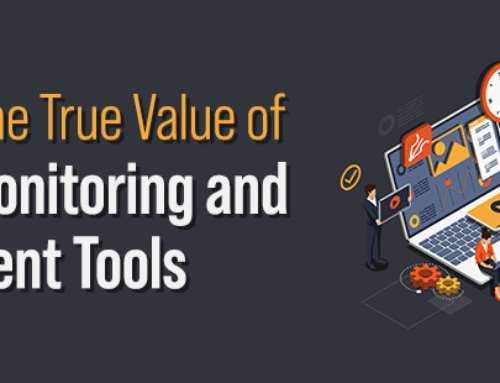When it comes to increasing cybersecurity resilience within an organization, patch management is key. In a survey of cyberattack victims, for instance, 57 percent said that the simple act of applying a patch could have prevented an attack. Nearly a third of respondents said they knew about the vulnerability before the attack but failed to act on it.
Patch management is the process by which Managed Service Providers (MSPs) or IT teams procure and deploy patches across the organization, closing holes in cybersecurity vulnerabilities and other issues. There are several types of patches, including software patches, hotfixes, point releases, maintenance releases, security patches, or feature pack updates.
However, applying patches can be easier said than done. There were 18,378 total security vulnerabilities published in 2021, according to the National Institute of Standards and Technology (NIST), each of which an organization would need to survey their environment for and patch if needed. This is a massive undertaking for even the largest organizations to manage to ensure security and compliance.
MSPs can play a critical role in helping their clients implement patch management best practices throughout the organization. In fact, it can be a central value proposition that they can provide them to help combat the latest threats. With that in mind, here are some best practices they should consider in 2022.
Leverage automation
– The sheer volume of patches needed can drown an organization. Automated patch deployment, especially for security updates, can help lessen the load on security teams and speed up time for remediation for any known issues.
Triage critical alerts.
– Vulnerabilities come in all shapes and sizes, rated from low to critical. MSPs can be essential in helping triage alerts, starting with critical alerts and moving on to lower-tier alerts. This can help lower response time for critical issues as part of patch management.
Schedule Auto-Deployments
– Frequent auto-deployments can help ensure that devices receive updates as soon as they are released. Twice a week frequency for these updates can ensure users always have the latest patches.
Test patches.
– While speed is critical, it certainly doesn’t help if a patch accidentally crashes a user’s device or a critical business environment. MSPs can help test patches that may affect critical systems before deployment to ensure they will not cause any issues.
Allow for user delays
– Applying patches is essential, but it also must be balanced with business effectiveness. In some cases, it may make sense to allow users to postpone a patch to a later time if it will affect their productivity (of course, reminding them to implement it later on so they don’t forget).
Patching is more important than ever in 2022 as cybersecurity threats continue to escalate in severity and frequency. MSPs can play an essential role in helping customers implement strong patch management best practices – ultimately helping customers reduce risk and build a stronger security posture for the long term.




